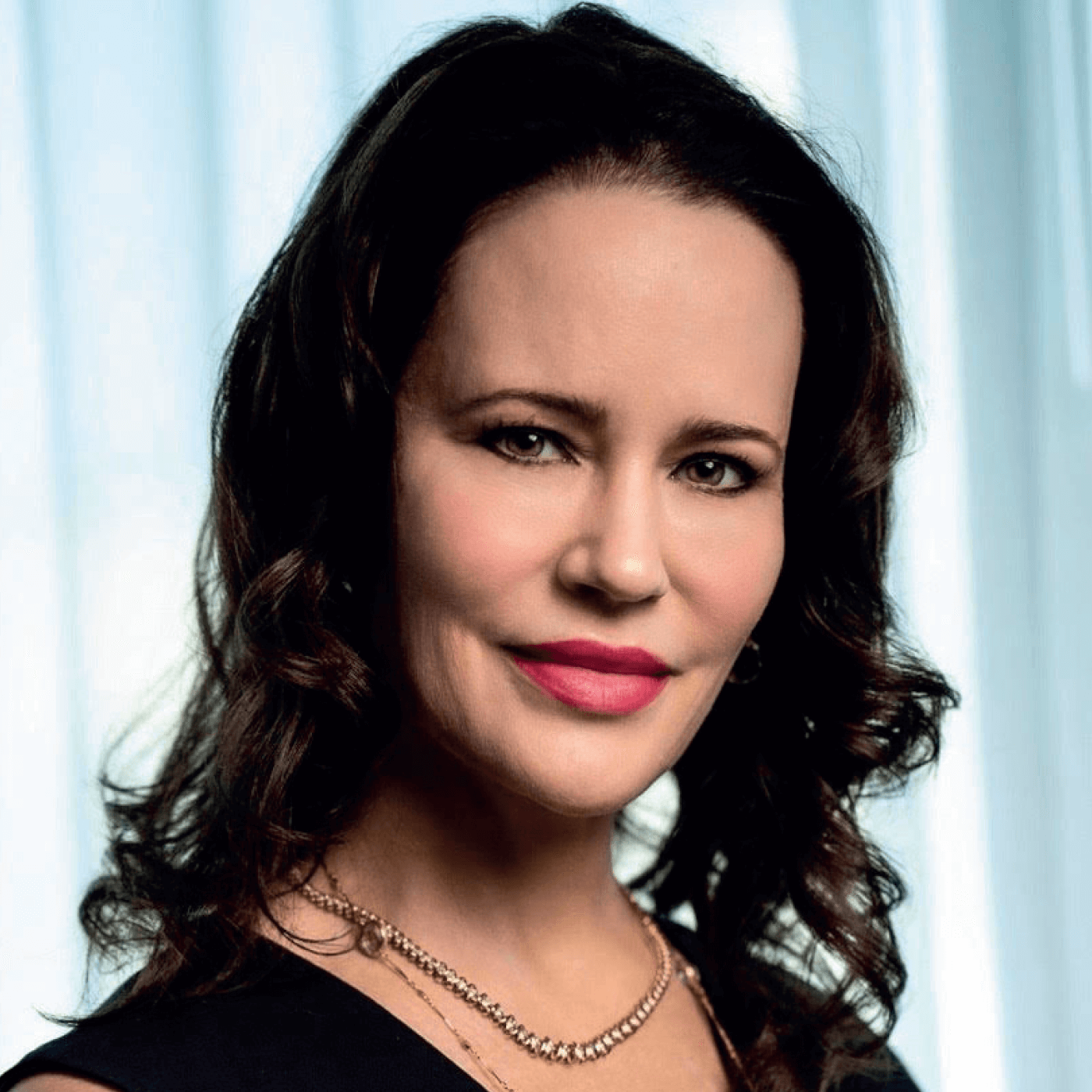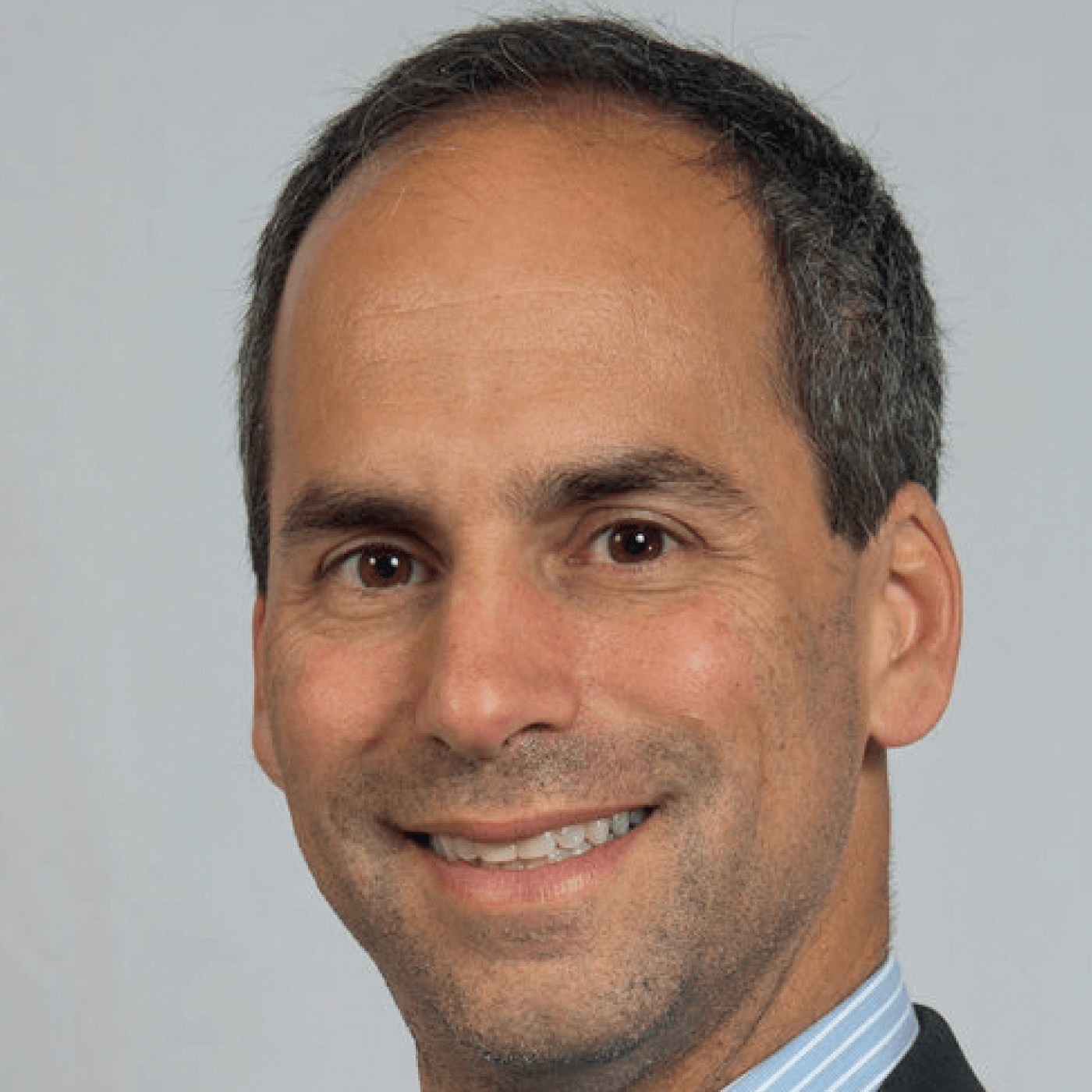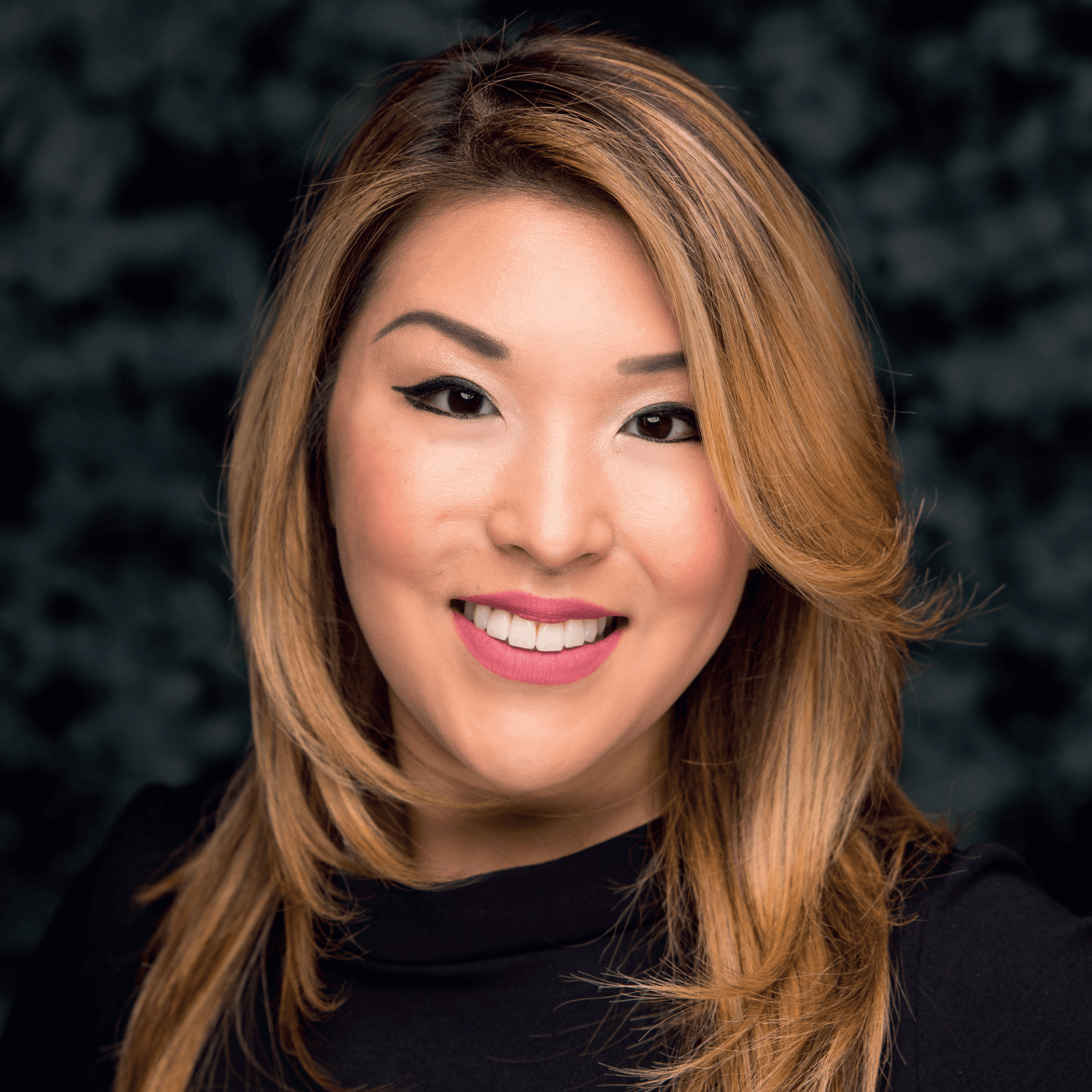Elizabeth Yeu, Assistant Professor at Eastern Virginia Medical School and Cornea, Cataract and Refractive Surgeon with Virginia Eye Consultants, Virginia, USA, who chaired and moderated the roundtable
Stefano Barabino, Head of the Ocular Surface Center at the Sacco Hospital, Milan, Italy
Laura M. Periman, Director of Dry Eye Services and Clinical Research at the Dry Eye Clinic, Seattle, Washington, USA
William Trattler, cataract, corneal and refractive specialist at the Center for Excellence in Eye Care in Miami, Florida, USA
How is dry eye management incorporated into your practice?
Stefano Barabino: My Milan hospital practice gets patients referred from different parts of Italy, so I mostly see moderate to severe dry eye patients. We have a great collaboration with a laboratory of immunology, with which we detect expression of markers of the ocular surface inflammation, using cytometry. We conduct a lot of ocular surface inflammation research. In my private practice, I see patients with various ocular problems, and encounter patients with mild dry eye manifestation.

Laura Periman: Very recently, in June 2020 I opened the Periman Eye Institute, which has been purposefully designed to meet the needs of the dry eye patient – all we do is with these patients in mind. We have a clinical research program, with a variety of trials that are Phase IIb, Phase III or Phase IV. Our patients are often referred from quite a distance, also internationally because we offer a very careful and mindful evaluation, with an integrated treatment plan for each patient.

William Trattler: At my practice, the Center for Excellence in Eye Care, we have 14 ophthalmologists and an optometrist, and we work across different ophthalmic subspecialties. My practice is specifically related to cataract surgery, refractive surgery, and corneal procedures, and almost all patients I see for these procedures have dry eye disease (DED), so a major part of my practice is managing dry eye before and after surgery. I have been involved with DED management for quite a long time; some patients come to see me with just dry eye – with moderate to severe manifestations of the disease, which are very frustrating for the patients. It is my job, and the job of the practice, to find appropriate solutions for them.

Elizabeth Yeu: I am also in a multi-subspecialty practice, with just over 20 clinicians, and with a strong OD base within our practice; they serve as true physician extenders, they practice medical eye care, and they serve as triage and primary care, for those patients who are first referred to us with dry eye. Cases that are referred to me are higher-level DED patients. They make up around 20 percent of my practice, with the remaining 80 percent made up of surgical cases. As Bill Trattler mentioned, dry eye before eye surgery is a huge risk factor for substandard patient satisfaction and concerns. Performing cataract and refractive surgery, we really have to be mindful of the number one refractive surface – the tear film – and my practice has high volumes of cataract and refractive surgery patients. I don’t have as much experience with keratoconus patients as Bill Trattler, but it is very true that those patients also tend to get dry eye.

What has changed in the way you manage your patients’ ocular surface since the start of 2020, whether COVID-19-related or not?
Trattler: In early 2020, we had to reduce our staff by around 30 percent. Patients were not allowed to come in for exams unless they had an emergency situation, so our patient volume dropped by 90+ percent. Once patients could return, we experienced a significant rise in patients reporting significant problems with DED, and many patients report their dry eye is significantly impacting their life. Thankfully, there are many new technologies and treatments for dry eye that are just around the corner, so I’m excited about the future.
Barabino: What I have noticed – perhaps due to an increase of remote working and e-learning – is that we are seeing more younger patients who complain about dry eye symptoms. Many of them are teachers, academics – people who are forced to spend a lot of time in front of a screen all of a sudden. This is a more unusual population of our DED sufferers – we would normally mostly see older people, with other conditions.
Another change is that we haven’t been seeing patients on a routine basis, but rather when we really need to see them. In 2020 the access to our hospital was limited, so patients contacted us in various ways – they would send pictures, attend virtual appointments, and we made sure they felt in tune with their ophthalmologist, which is crucial for patients with a chronic disease, such as DED. It is very important for these patients’ mental health to know that their eyes are well looked after.
Periman: Telemedicine is closely integrated into the way we care for patients. I have found it very important to be able to speak to patients without a mask, with my full face visible, and a virtual introduction has worked well for this. It enables me to establish a connection with patients who are in their familiar environment where they can relax. There was a worry among physicians that telemedicine would be impersonal, cold, and distant, and building a connection with a patient wouldn’t be possible, but I have found the opposite to be true. Having initial discussions and risk evaluations online (all forms are completed electronically to minimize patients’ time in clinic) creates engagement. I think that the way we ask questions helps to create an awareness of how lifestyles and habits contribute to DED. This really helps to open the realm of possibility of integrated care to patients. We create an integrated treatment plan, and the telemedicine introduction and online forms really prepare patients for what they can expect from the institute. We have trained patients to take fabulous photos, which help me to determine ahead of the visit what we might be dealing with, and I can tell patients what might happen when they come in – what imaging and testing they may expect.
What impact has mask-wearing had on the ocular surface?
Periman: Ohio ophthalmologist, Darrell E. White, first coined the term “mask-associated dry eye” or “MADE” (1). It makes perfect sense: when you are wearing a mask, you have the flora from your mouth and nose coming up into your eyes. As we begin to get a detailed ribosomal RNA analysis of patients’ flora, we’re going to see a lot more ENT flora around their eyes. It’s not ideal – not what nature intended – so I’m expecting not only the turbulent airflow, but also the microbial flora to contribute to dry eye. I advise patients not to make the problem worse by getting eyelash extensions – that creates even more turbulent flow than just the mask alone. I have been showing patients how do tape their mask to prevent some of that turbulent air coming back into the eyes.
Trattler: We are seeing a huge interest in refractive surgery from patients who are frustrated with their glasses fogging, the dryness of their contact lenses. Some cataract patients are also getting frustrated with having to use their glasses together with a face mask. There is a general frustration due to the airflow from mask use that exacerabes DED.
Barabino: I don’t know the exact mechanism yet, but it is certainly an issue for our patients and something we have noticed since the start of prolonged mask-wearing.
Yeu: I’m concerned that the use of glasses and contact lenses is going to worsen the air flow issues, as well as the microbial flora issues because of the direct aerosolization effect, evidenced by the fogging of the lenses. Droplets, instead of coming out, are getting stuck. This is why we might be seeing a much greater incidence of chalazia, blepharitis, and other conditions. Mask wearing has had a very unique impact – psychosocially and functionally. Usually, my refractive patients are coming in because they’re not tolerating contact lenses, and they tend to have dry eyes to begin with; these days, they come in with mask intolerance, and they tend to start with a much healthier ocular surface. It has actually made a difference as to how many patients with healthier ocular surface I’m seeing – they are getting DED symptoms for the first time, due to mask-wearing.
"It is tremendously important – and I emphasize this to my residents – that we see the ocular surface as a system, and check all components of it are working correctly. Sometimes we can get surprising results: some years ago, we examined patients with pterygium, which is a disease of the conjunctiva, but when we actually looked at confocal microscopy images, we saw that in the center of the cornea there was an increase of immune cells being activated (2). Seeing the ocular surface in a systemic way is especially crucial ahead of any ophthalmic surgical procedure."

Ocular surface/dry eye disease nomenclature can be complicated. What terms do you use?
Periman: I’m probably guilty of interchanging terms, but in my opinion ocular surface disease seems to be the big umbrella term, from which you can get more specific, with many different possible aspects we can look at. Dry eye disease – of which there can be at least two dozen different conditions – are one subset, and then there are other ocular surface disorders, such as blepharitis, Meibomian gland dysfunction (MGD), neurological reasons, immunopathophysiology, allergic conjunctivitis, and more.
Barabino: I agree completely. Ocular surface disease is a disease of an entire system, encompassing many various underlying reasons. I’ve never seen a patient with severe DED without MGD. Sometimes I get patients referred with, for example, corneal ulcers, and general ophthalmologists might have used every solution they could think of, and nothing worked, for the simple reason: misdiagnosis – they missed the MGD. If you look at the whole system, you won’t miss important signals.
Trattler: For a lay person, “dry eye disease” is often an easier term to understand, whereas we as clinicians have to figure out the exact reasons for why the patient’s eyes are “dry”, taking all nuanced options into consideration, so we can focus our treatments on the exact aspect of our patient’s condition. With patients, I tend to use the term “dry eye” and explain why their eyes are tearing even though their eyes are “dry” – it’s always a fun part of the conversation!
Yeu: From a clinical perspective – when we are getting differential diagnosis, using terms like “external disease” or “ocular surface disease” makes sense – it encompasses various exacerbators. When I talk about “dry eye” with patients, it means specifically a dysfunction or imbalance of the tear film. Any other aspect of the disease for me falls into the external/ocular surface disease.
How do you manage your patients from DED diagnosis? Do you have a set protocol for the practice?
Trattler: There are many clinicians in our practice, and we each have our own separate strategies! It really depends on the patient – some have been treated for many years, others come in having never had previous DED treatment. Some patients present with collarettes, some are aqueous deficient, others might be neurotrophic. For me, there isn’t one right answer on what to do – each patient is treated individually and I don’t have just one protocol for what to do in each case. What I would say is that I often like to use an anti-inflammatory, and antiseptics for eyelashes and eyelid margins, as well as some warm compresses early on. I don’t use a questionnaire, but instead use targeted questions instead.
Periman: In my practice, we try to identify the co-conspirators and exacerbators early, and address them specifically, while also targeting inflammation. To me, inflammation is the bull’s eye of this “game,” and then we have to solve the Rubik’s cube of creating custom solutions for each patient – their risk factors are so different! I mentioned the video interview we conduct before seeing the patient in person. I can learn so much from this initial interview, seeing patients without their mask on. Co-contributors such as rosacea or dermatitis, psoriasis can help with the “sleuthing” and customization of the treatment. We conduct all the tests and use the results to guide therapy. Testing and examination give me a lot of answers and they fuel the process of trying to figure out how many components we might be dealing with and what approach I might decide to use. These days, we have so many innovations we can use as additional tools – there are so many fabulous things coming to the fore, so I can see our protocols still shifting in the near future. Right now, we don’t use specific treatments for Demodex blepharitis, but I can see that changing very soon. Having many more ocular surface management tools available will make is so much easier for clinicians.
I use various symptom questionnaires, as each of them can give me different information: SPEED, OSDI, DEQ5, as ask about photophobia, impacts on mood. They are all validated questionnaire, and we imported questions into a form, which puts all the data into a spreadsheet for later analysis.
Barabino: My colleagues often mention to me that they don’t have time to diagnose DED, and because I see it every day, I have so much more opportunity and time to diagnose it correctly. I don’t agree with it; in my opinion, if you listen to your patients, and pay attention to ocular surface in slit lamp examination, use fluorescein and lissamine green, you get almost all the information you need to make the correct diagnosis. Fluorescein allows you to check for corneal damage, secondary to an inflammatory process, and with lissamine green you can see an alteration of the lead margin, so you can diagnose blepharitis, and if you see staining of the conjunctiva, you can probably diagnose dry eye with an autoimmune component. If you’re staining the superior part of the conjunctiva, it is probably limbal keratoconjunctivitis. Once you have the diagnosis, then you can start thinking about the appropriate treatment.
I like to use the Sande dry eye questionnaire. It only has two questions and gives you a good idea of the patient’s symptoms and quality of life. I don’t use it for all of my patients, but certainly for the ones taking part in clinical studies, and for those who are followed up by us for a longer time.
Yeu: I find the SPEED 2 questionnaire very useful – the ASCRS Corneal Clinical Committee came up with a great modified version to be used in the pre-operative setting for cataract and refractive patient populations.
I use meibography on every single patient. I see it as one of the greatest advancements we’ve seen – it gives me a clear point-in-tie idea of what’s going on with the patient’s Meibomian glands, and MGD is such a large part of dry eye and ocular surface management.

A symptom questionnaire: Stefano Barabino, Laura Periman, Elizabeth Yeu
Tear osmolarity test: Laura Periman
InflammaDry MMP9: Laura Periman
Standard tear break-up time: Stefano Barabino, Laura Periman, William Trattler, Elizabeth Yeu
Other tear film tests: Laura Periman, Stefano Barabino (non-invasive tear break-up time test – less routinely)
Infrared technology: Stefano Barabino
Shirmer score: Stefano Barabino
Meibography: Laura Periman, William Trattler, Elizabeth Yeu
How has your examination evolved during the past year?
Yeu: With regards to the slit lamp exam, the ASCRS Corneal Clinical Committee has made recommendations to use the succinct “look, lift, pull and push” method, but I also get patients to look down now. I used to pay so much attention to the lower lid margin, looking for MGD, and I wasn’t looking at the front of the lids – particularly the upper lid, which houses so much of the debris, including the collarettes of Demodex blepharitis, which is present in about 60% of patients who are coming into my practice. I make sure always evaluate the upper lid now by having patients look down, so that I can “look” at the upper lid.
Periman: I start my exam by looking at a person head to toe. Sometimes there are clues even in the way they’re walking – you might suspect something like Parkinson’s disease. When I get to the slit lamp exam, I use the “look, lift, push, pull” technique, and it’s amazing how much you can observe: there might be eyelid inefficiencies, laxity that you didn’t appreciate previously, evidence of the floppy eye syndrome or evidence of keratoconjunctivitis. The staining pattern and the way that the tear film wets and spreads, as well as the tear meniscus height can be very instructive. I also look at everyone’s optic nerve through an undilated pupil – it’s a force of habit.
Trattler: I look at the eye before putting the dye in, and I look at the tear meniscus – I find it very valuable. I also press on the lower lids to see the quality of the meibomian gland secretions. Recently, I also started to get patients to look down, and carefully evaluate the upper eyelid and lashes. I have been surprised to see how common collarettes are – it’s really changed the game for me, helping me to diagnose lid disease.
I find it important to evaluate corneal staining with for 2-3 minutes. Many clinicians evaluate the cornea after 10- 20 seconds, but it turns out that if you wait for 2-3 minutes, you will have a better understanding of the health of the cornea, including the degree of corneal staining. So I try to share with my colleagues to evaluate the cornea at the 2-3-minute mark.
Yeu: I also do my exam without any dyes as I want to see the natural tear film height and how it spreads across the inferior lid margin. I also pay much closer attention to blepharitis now than I did five years ago – there’s a lot more information on this subject available now. This condition is so common! The more I learn about it, the more I realize that it’s the basis of a lot of ocular surface disease we see. It’s present in upwards of 80 percent of my cataract surgery patients.
How are you managing your blepharitis patients?
Barabino: I advise warm compresses and various devices to warm the eyelids – by warming the eyelids you can increase the break-up time by 80 percent, and it is an inexpensive option. I then use tetracyclines in the form of an ointment. If I’m dealing with very severe blepharitis, I also use systemic tetracyclines, and I use a tear substitute. In the first phase of the disease, I tend to prescribe a tear substitute that is very fluid, with very low viscosity, as I want to clear the surface of the eye. Then, once blepharitis is under control, I consider introducing a substitute with a higher degree of viscosity. If there is some degree of inflammation, I also use topical steroids.
In my experience, it is crucial to explain to patients that blepharitis is a chronic disease, and all the treatment options will only help to control or improve the symptoms if they are used regularly. I recommend that my patients use tetracyclines for a week to 10 days out of a month, but they have to keep coming back to using it, otherwise blepharitis will return.
Trattler: I use an antiseptic (hypochlorous acid) spray in an attempt to kill the microorganisms and hopefully help a little bit with controlling Demodex. Warm compresses can be helpful. I also recommend topical steroids to control the inflammation; if a patient is experiencing eye irritation and burning, the topical steroid will help them feel more comfortable. There are more advanced options for treating MGD, including TearCare, LipiFlow, iLux, and BlephEx. I typically start with topical therapies as first line, and then as we achieve some improvement, will move on to the more advanced treatments as needed.
Periman: I agree that hypochlorous acid has a role in addressing OSD – the microflora of Sjogren’s syndrome and Demodex patients differs greatly from the norm. I also think that it’s important to keep the bacterial component of MGD and blepharitis in mind. When I see telangiectasias, ocular rosacea or really thick meibum, I’m quick to offer intense pulse light (IPL) therapy. With IPL, you can change the quality of the meibum, the expressibility, the number of glands yielding liquid secretions, the osmolarity, and the tear break-up time pretty quickly in an office environment, and it makes the patients’ home maintenance strategies a little less burdensome – they don’t have to spend as much time managing their lids. It’s great when patients come back and say: “You have given me time back in my day.” There is a burden of disease that we can help to relieve with our advanced in-office treatments.
Yeu: What we offer in the office goes hand in hand with what patients can do at home. In-office treatments can really jump-start the treatment and provide a therapeutic effect that takes much longer to achieve at home, if it is achievable at all. The adjunctive synergy of – for instance – micro Blepharo exfoliation of the lid margin, removing the keratinization, the biofilm, the flora, and also maintaining tea tree oil-based lid wipes for Demodex eradication and/or additional MGD management and heat interventions is the key to success. Warmth is key – and not just as a one-time intervention, but providing some level of heat throughout treatment can melt the meibum and prevent recurrent obstruction, which can occur from poor blink or reinfestation with Demodex. All of this is relatively homeopathic therapy for Demodex blepharitis management, with invariably poor compliance at home, and I am looking forward to having prescription therapies for more effective management of Demodex blepharitis.
References
- Darrell E. White, Healio News, “Blog: MADE: A new coronavirus-associated eye disease” (2020).
- M Papadia et al., “Anatomical and immunological changes of the cornea in patients with pterygium,” Curr Eye Res, 33, 429 (2008). PMID: 18568879.
